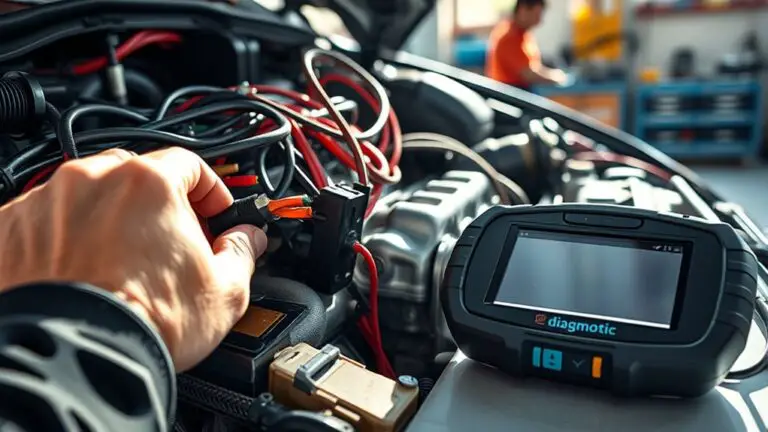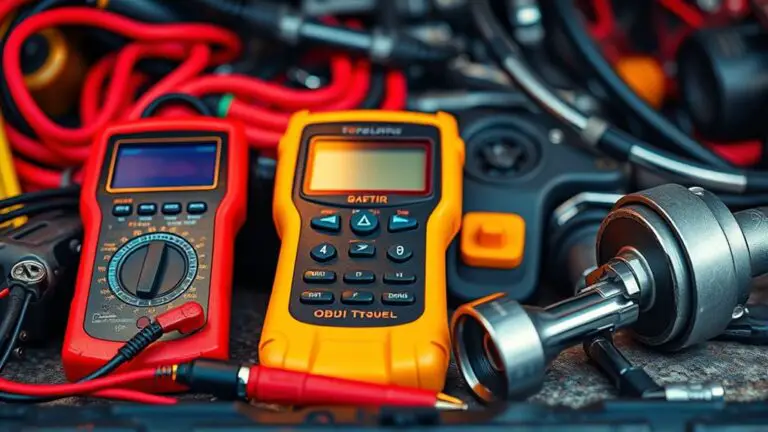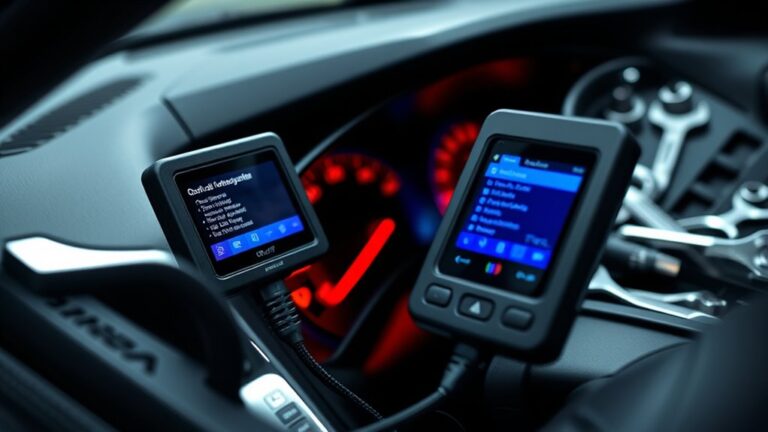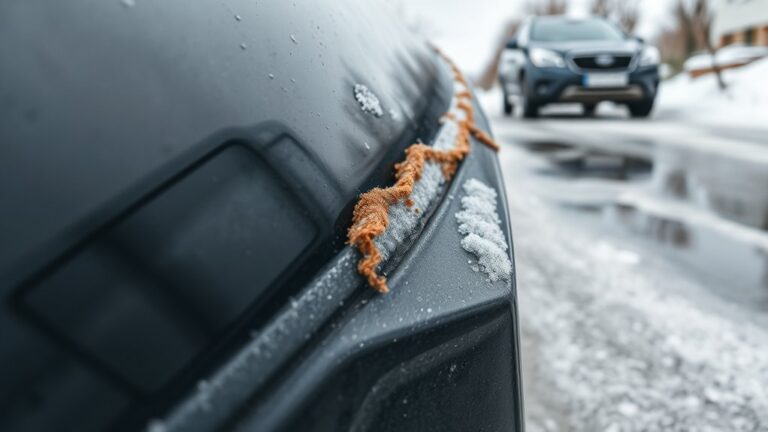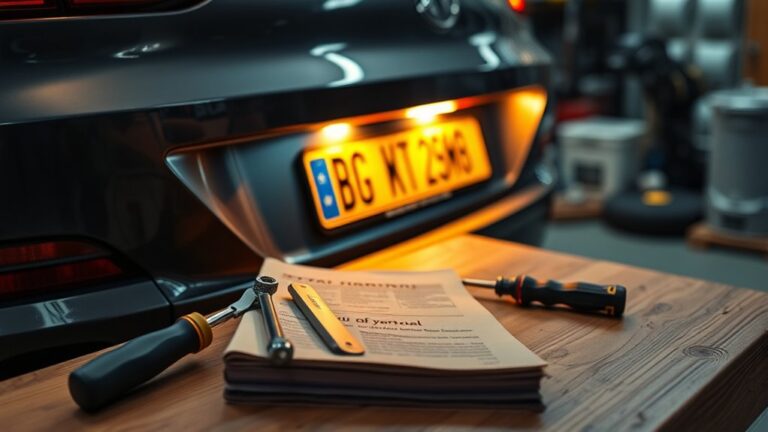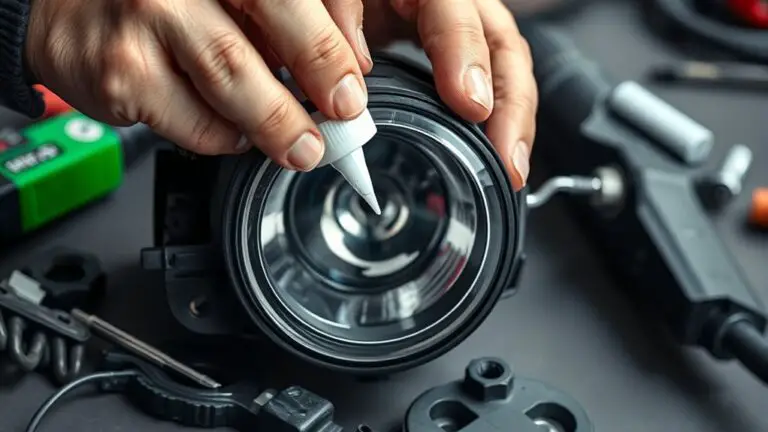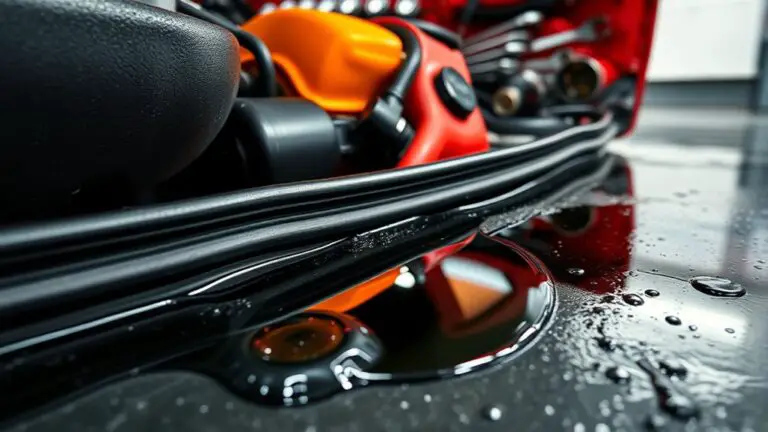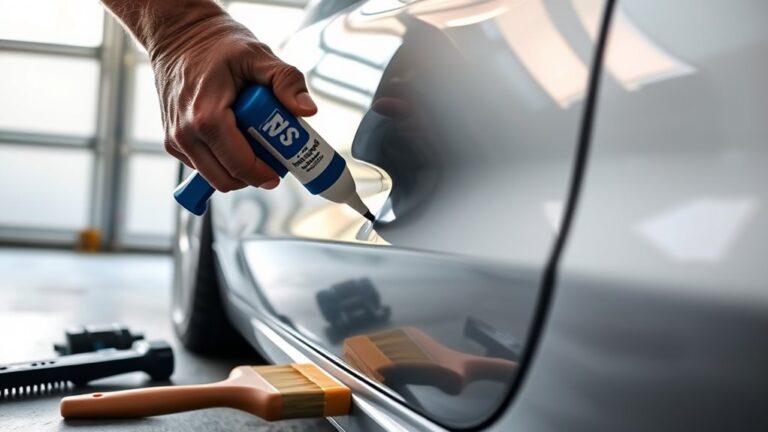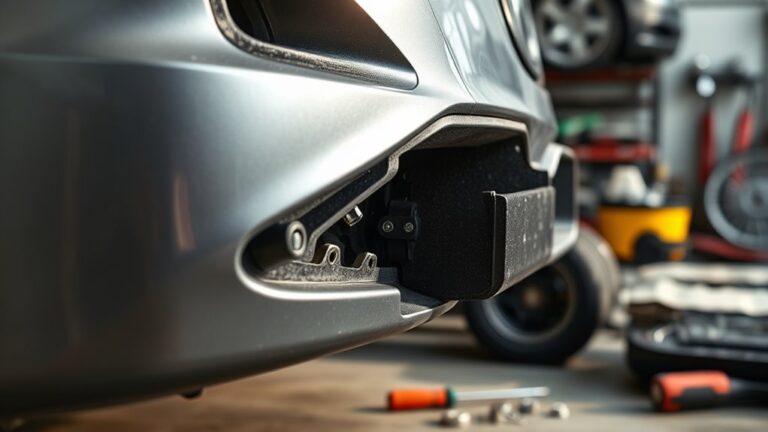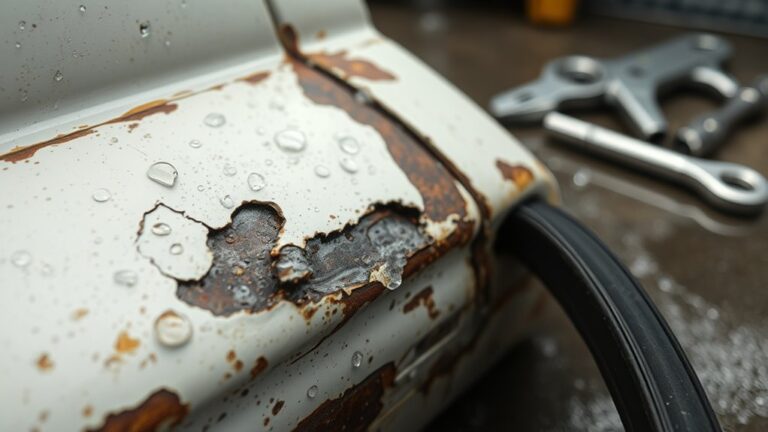How to Clear False Codes and Stop Misleading Sensor Readings From Returning
To clear false codes and stop misleading readings, start by confirming a stable power supply and solid grounding, then inspect cables for wear or corrosion. Calibrate sensors against known references and run diagnostics to verify communication integrity. Isolate signal from noise, eliminate interference, and document tolerances with repeatable tests. Implement redundancy and automated failover to…

